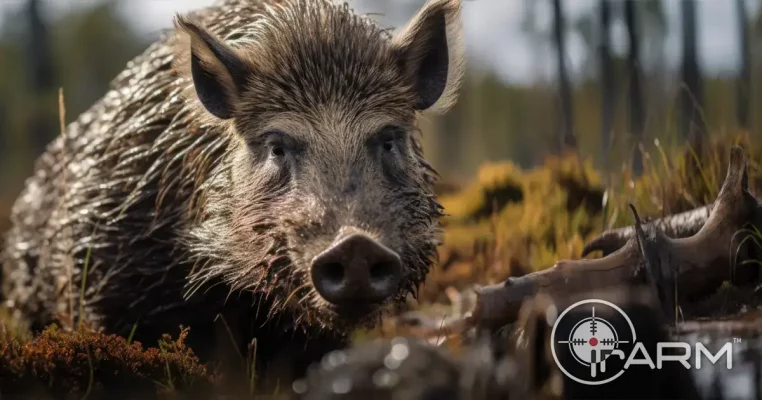
How Do You Hunt Hogs?
Part 1: Getting Ready Because feral hogs are a non-native species that compete for food with wildlife and livestock and
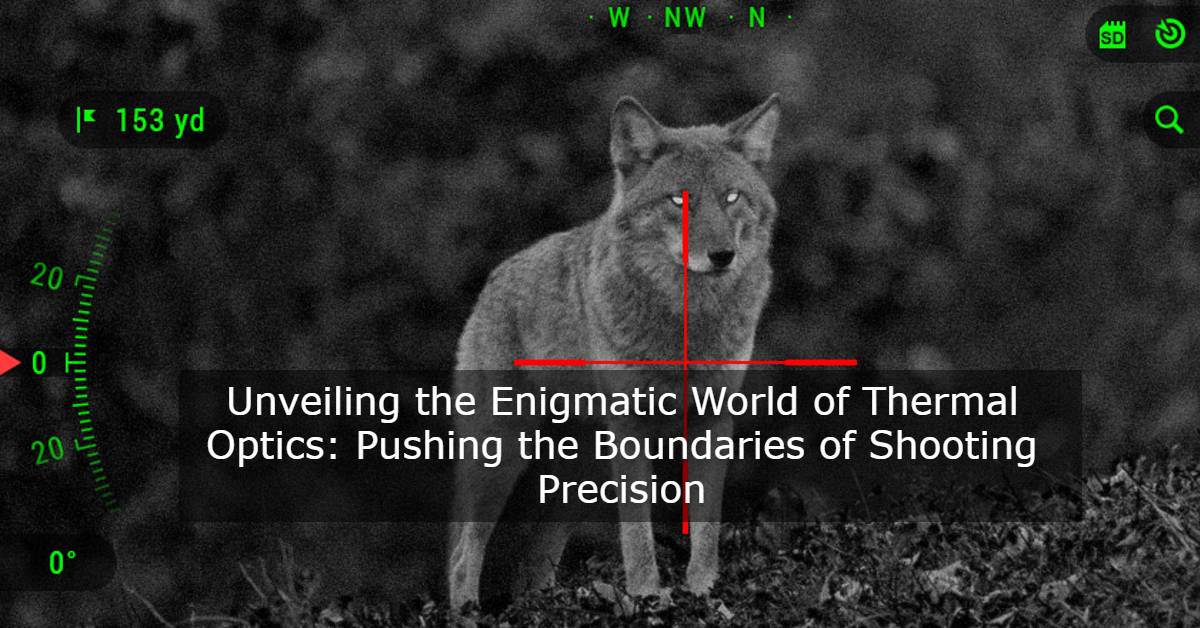

PhD in Optics, is an expert in the field of gun scopes and thermal optics with years of experience and numerous publications in academic journals.
In the mesmerizing realm of thermal optics, a haunting question continues to echo among shooting enthusiasts and seasoned marksmen alike: what truly defines the shooting capabilities of a thermal scope? Though most manufacturers provide a ‘detection range’ on their specification sheets, the answer to this enigma is far from a simple revelation. To unlock its secrets, we must traverse the intricate interplay of shooting distances and the ever-varying sizes of potential targets.

Journeying into the heart of this matter, we encounter a foundational principle that governs the usage of thermal optics – a principle that transcends mere hunting scenarios and resonates with any shooter. Imagine yourself amidst an adrenaline-pumping hunting expedition, your target veiled in uncertainty. In such moments, restraint becomes a virtue, for pulling the trigger without certainty is an unwelcome gamble. Thus, we unearth the first and crucial truth: differentiating between detecting a hot object and accurately identifying it.
To grasp this concept more tangibly, let us examine two riveting screenshots from a thermal imaging video. Picture 1 portrays a mere bright spot, while Picture 2 unveils the unmistakable form of a hog. Herein lies the crux of the mystery – the ‘detection range’ casts an illusory shimmer, while the ‘identification range’ pierces through the veil to reveal the true essence of the target nestled within the expansive field of view.

But does comprehending the ‘identification range’ alone suffice to answer the perplexing title question? Alas, the enigma deepens further. The answer resides in understanding the target’s size, an aspect that intricately weaves detection, recognition, and identification ranges together into an unbreakable tapestry of shooting precision. To grasp the gravity of this revelation, let us embark on a visual odyssey with the following examples:
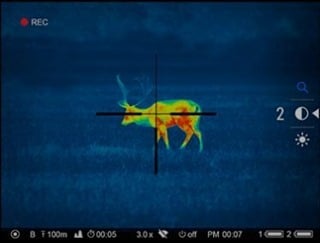
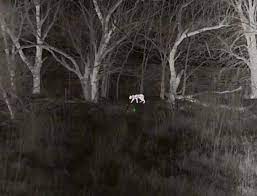
Witness the awe-inspiring reality – the recognition range extends its intrepid arms farther when faced with grander targets. While hitting a rabbit-sized target from 200 meters away may prove an elusive endeavor, the realm of possibility expands exponentially when aiming at a cattle-sized object nestled at 800 meters.
Venturing ever deeper into the unfathomable universe of thermal optics, we now encounter the critical factors that converge to shape the detection, recognition, and identification ranges of these awe-inspiring scopes:
Like a master artist wielding a brush, the lens’s focal length and f-number paint the canvas of possibilities.
Consider, for instance, the awe-inspiring difference between a 75mm lens and a 50mm lens when indulging in long-range shooting. Similarly, the superior image clarity gifted by an F/1.0 lens when compared to an F/1.2 lens unfolds a visual splendor beyond compare.
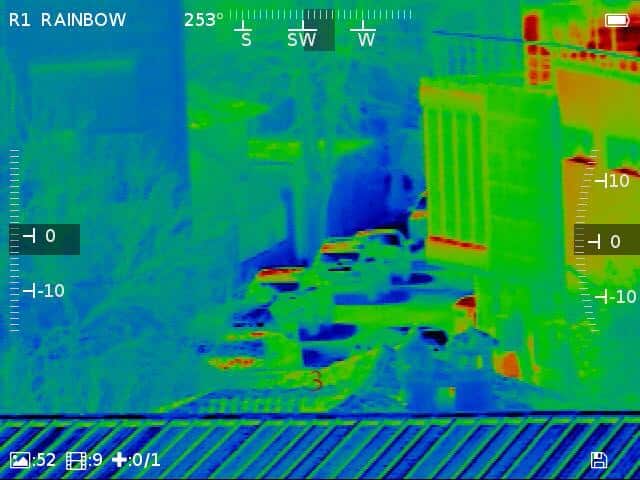
As though deciphering a cryptic code, the thermal detector unveils the target’s thermal radiation upon the sacred canvas of the Focal Plane Array (FPA). Embracing the tenets of revelation, larger target areas breathe life into richer information, simplifying target discrimination. The pixel pitch, akin to an artist’s brushstroke, weaves intricate patterns of recognition distances, where smaller pixels seamlessly fit within the FPA, magnifying the horizons of recognition.
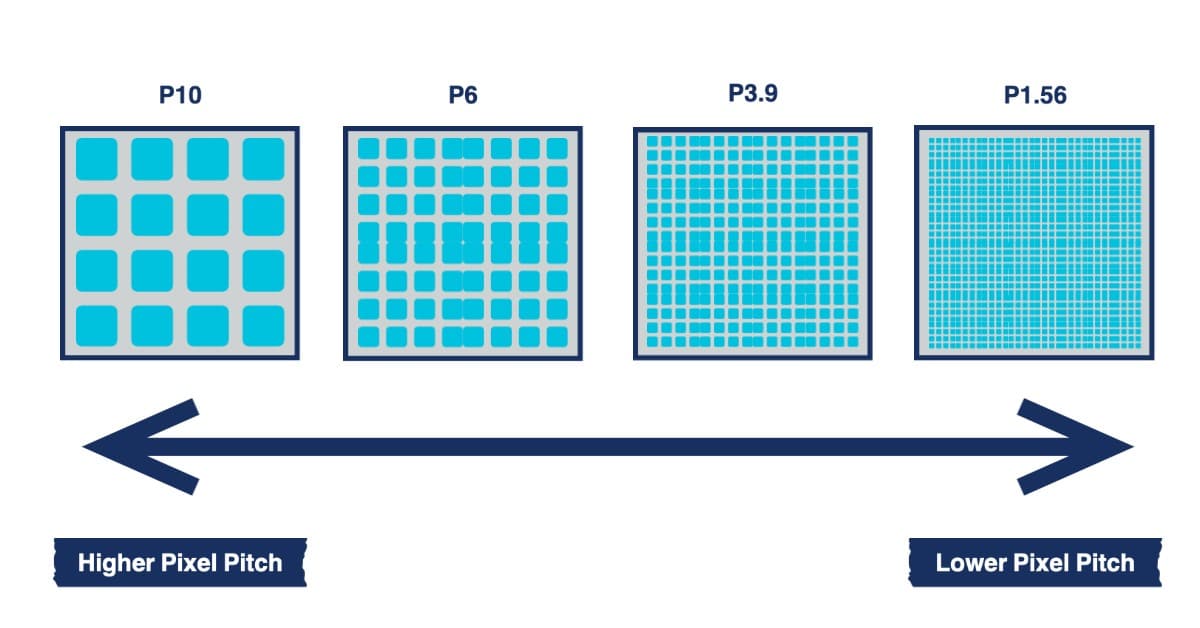
The unseen energy, once ensnared upon the FPA’s canvas, metamorphoses into a digital symphony of signals, summoning a spectacle to behold. Within this symphony lies a series of signal processing, culminating in the grand reveal upon the display. Here, the harmonious interplay of algorithmic genius, display resolution, and the eyepiece’s magnificence beckons the image into glorious magnification, a true masterpiece for the beholder’s delight.
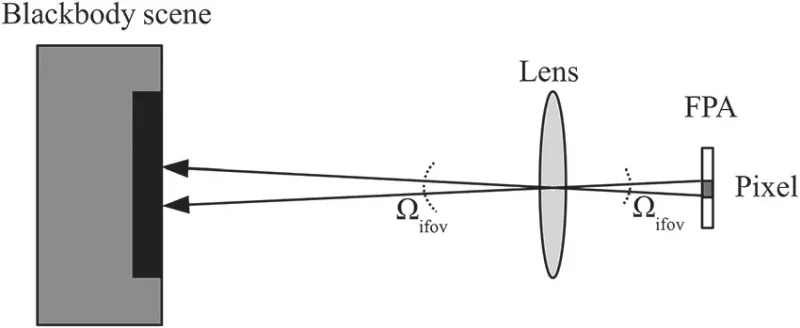
As we draw the veil upon this awe-inspiring spectacle, a profound conclusion emerges – the scope’s detection, recognition, and identification distances are indissolubly intertwined with the target’s stature and posture. Embarking upon precise shooting with a thermal scope necessitates a holistic communion with one’s targets, a sacred understanding that intertwines the threads of precision and artistry into a singular, ineffable shooting experience.
Embark upon an unparalleled shooting odyssey with IRARM’s extraordinary Hawk thermal optics, where the arcane meets affordability in a harmonious symphony of prowess. Step into a world where boundaries yield to boundless potential, and precision intertwines with passion for an enthralling shooting experience that transcends the ordinary.

Part 1: Getting Ready Because feral hogs are a non-native species that compete for food with wildlife and livestock and
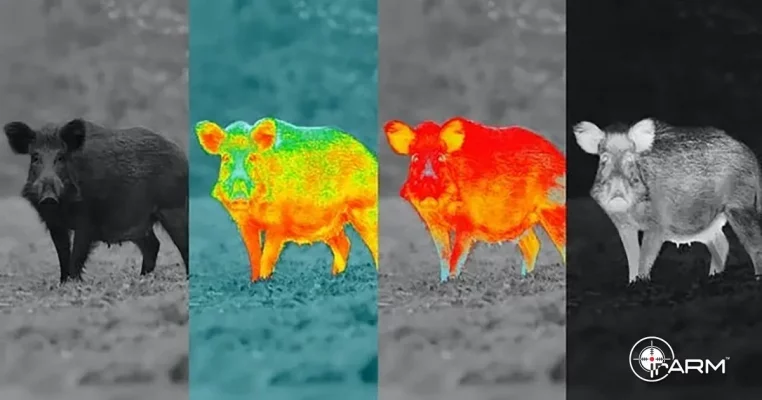
In the realm of hunting, few pursuits are as thrilling and challenging as tracking and taking down the formidable wild
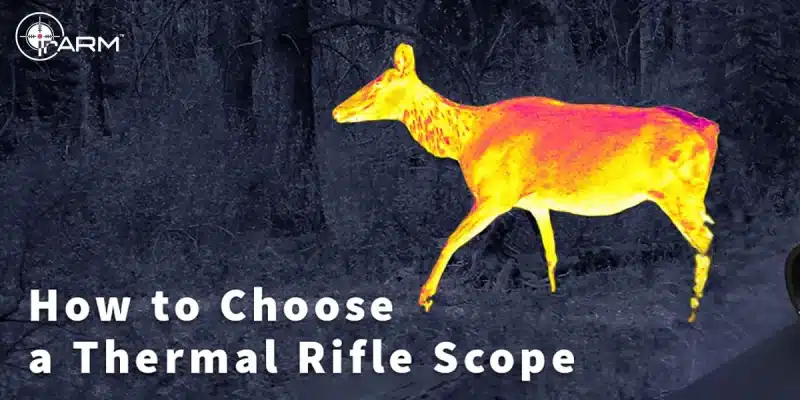
Introduction: Thermal scopes have revolutionized the way hunters, law enforcement professionals, and outdoor enthusiasts approach their activities. Unlike traditional scopes,
irARM™ makes high-quality thermal scopes and cores for outdoor enthusiasts, hunters, and law enforcement. irARM™ is the trusted option for those seeking dependable thermal imaging solutions.
Subscribe to Receive News and Promotions from irARM’s marketing team.
